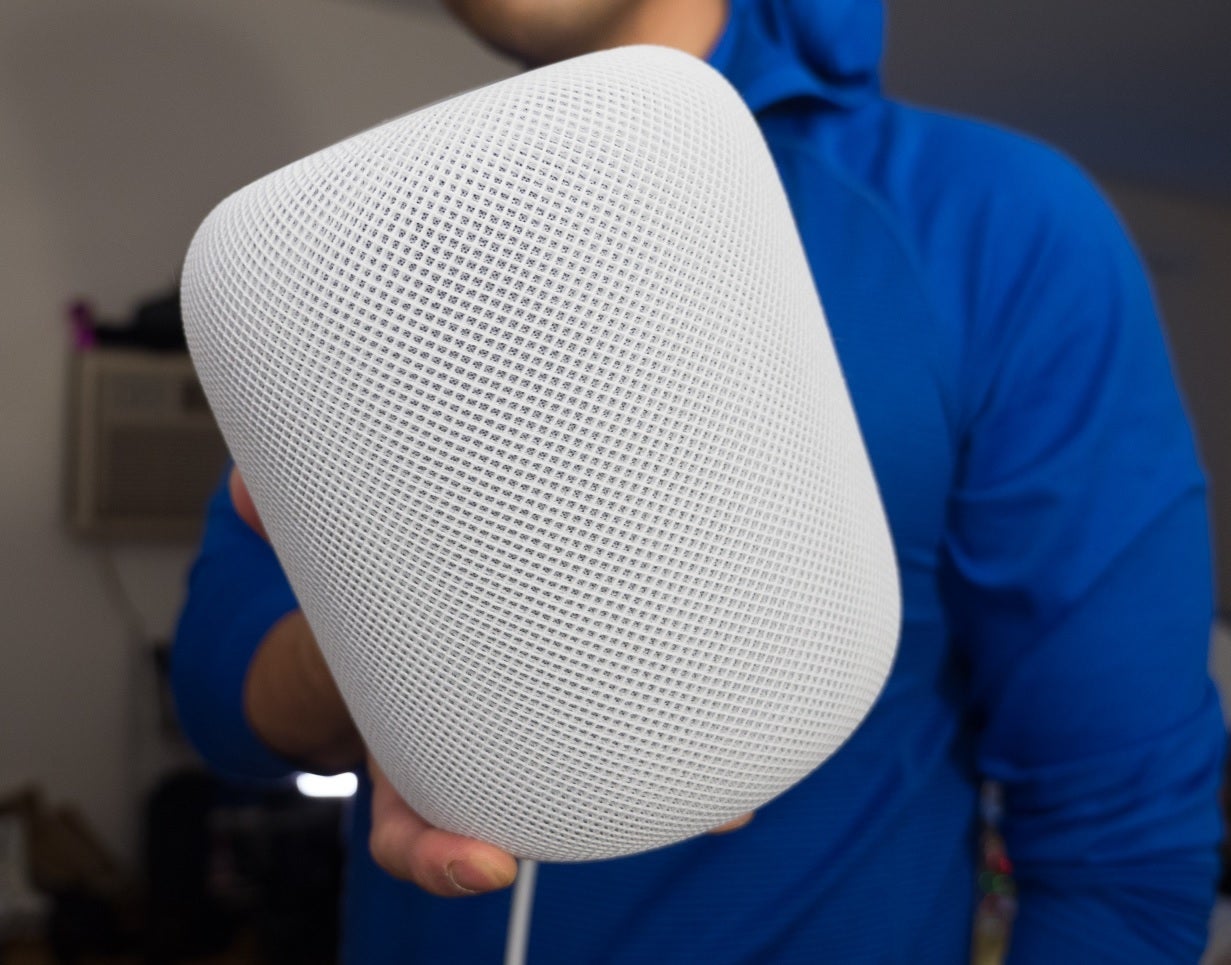With Apple using many of its resources to develop its mixed-reality headset, rumored to be called the Reality Pro, it appears as though the company is taking its foot off of the accelerator pedal when it comes to upgrades for some of its current devices this year. Apple surely needs to make sure that its AR/VR wearable is running perfectly out of the box considering that the device could be priced as high as $3,000.
The Reality Pro is reportedly the most complex product ever made by Apple which means it has to devote time, money, parts, and brain power to the headset. As a result, it might not be realistic to expect the company to work on major upgrades in 2023 for some of its existing products. And Bloomberg’s Mark Gurman, in his weekly
Power On newsletter, explains which devices Apple will probably leave alone this year.
Gurman writes not to expect any major changes for the iPad Pro line until next year
Gurman says that we shouldn’t expect any major updates to the iPad Pro line this year. He says that while Apple is working on larger screen sizes for the tablets, they will not be released this year. Gurman also said that he was told that updates to the 11-inch and 12.9-inch iPad Pro models won’t arrive until the first half of 2024. At that time, the iPad Pro tablets will sport a new design and will be equipped with OLED panels, a first for the product.
Mark Gurman writes that Apple will be bringing back the large HomePod smart speaker this year
He goes on to add that any updates to the iPad mini, iPad Air, and the basic iPad, if indeed there are any, will be in the form of minor spec hikes. Gurman also expects something similar to take place for the Apple Watch Series 9. At best, he forecasts
Apple including “some minor performance boosts.” Does that mean we won’t see the long-awaited non-invasive blood glucose sensor added this year? And we can expect a similar story for the AirPods.
Apple, writes Gurman, is expected to bring back the larger HomePod smart speaker. The first one was a failure in terms of sales and a hefty price tag of $349 was probably the biggest problem from the perspective of consumers. Apple eventually took $50 off that price but eventually decided to release the HomePod mini, a smaller and stripped-down version of its smart speaker, for $99. The HomePod mini has performed better than the original version in the marketplace.
The 2023 HomePod is expected to be cheaper and could feature a new touch panel on the top of the device. While the design of the new HomePod will likely resemble the original unit, it might feature the new S8 chip used on the latest Apple Watch models.
There will be some hardware changes for the iPhone 15 line
Apple will make some changes to the iPhone, of course. The ones cited by Gurman include adding the Dynamic Island “notchification” system to non-Pro iPhone 15 models while the iPhone 15 Pro and
iPhone 15 Ultra move to a titanium frame from stainless steel. The Bloomberg scribe also says that the two premium iPhone 15 models will sport solid-state buttons instead of physical ones. The haptic system will provide feedback to users who raise or lower the volume on their phones.
Additionally, the Pro models (which include the iPhone 15 Ultra) will have a USB-C charging port replacing the proprietary Lightning port and will be powered by the A17 Bionic chipset. The latter will be produced by TSMC using its 3nm process node. The non-Pro units will have the 4nm A16 Bionic under their hoods. That is the chipset currently employed on the iPhone 14 Pro and the iPhone 14 Pro Max. As Apple’s most important product, you wouldn’t expect any slacking off on the development of new hardware for the iPhone.
Gurman does point out that Apple’s focus on the mixed reality headset’s xrOS operating system will cost it in the form of new features being put off for iOS 17 and iPadOS 17. Still, plans can change. The Reality Pro, originally rumored to be introduced this month, could be unveiled by Apple in June and released during the second half of this year.





